Winter is beautiful—the snow, the holidays, the Christmas spirit, and the appreciation of everything you have, especially heading towards a new year. There seems to be something in the air, and it’s not just a cultural thing. The energy shifts and your body picks it up.

This is a cue for you to prepare and treat your body according to the current time.
In this post, you will learn how to use Chinese Medicine in winter. Everything from acupuncture points to stimulate and massage, to useful daily habits to optimize your health during wintertime.
Stay tuned.
Table of Contents
Chinese Medicine’s Overview Of Winter

Nowadays, everybody knows about the circadian rhythm, but there is another one that is as important as the former if you are looking to improve your health. This one is your yearly cycle.
Like the seasons, your body experiences changes throughout the year that sometimes go unnoticed. However, just as the weather changes, so do you.
Don’t you feel a change in the vibe when Winter arrives?
There is more to ‘something in the air’ than meets the eye.
It’s not just a culture thing. It is your body perceiving the changes in the movement of the Qi of the world.
Qi is the fabric of the universe itself. Its movement and changes determine the flow of life itself. Qi is not just about the ‘life force’ and energy.
The seasons and their cycle are a good example of this point.
Even if you live in a relatively tropical area where the changes in the seasons are not as noticeable as in other places, the energy changes, and if you pay enough attention you will see there is a change in the ‘atmosphere’.
This is explained in the ancient Chinese philosophies: Daoism, Yin and Yang, and the Five Elements altogether.
To learn more about these theories check out these posts:

According to Traditional Chinese Medicine, Winter is the season of your kidneys. This means they are the main organ working at this time. Your Kidneys belong to the Water Element which includes your Kidneys, the color black, stillness, and rest.
Keeping these ideas in mind is going to be crucial to using Chinese Medicine in winter to optimize your health.
So let’s see what are the guidelines for using Chinese medicine in winter.
Chinese Medicine’s Guidelines for Winter
Protect and Energize Kidneys
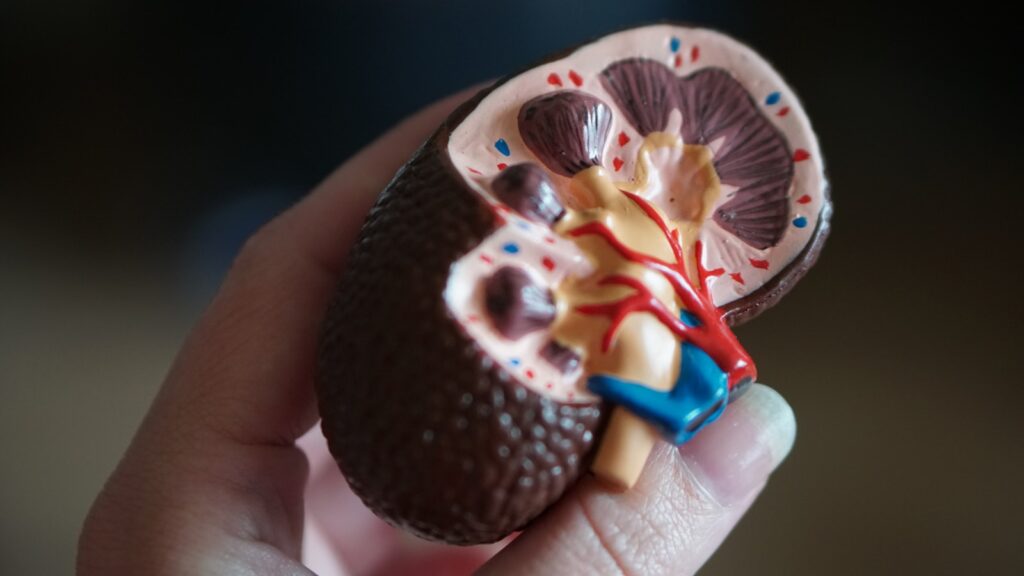
Wintertime is when your Kidney Qi is at its highest therefore the Kidneys are at their optimal.
It is the season when your body goes into rest mode and focuses on repairing and building your health for the coming spring.
Your Kidneys are in charge of your Essence, they store the true Yin and are the source of your Yang. They are the main organs related to fertility, bone health, hearing, and the overall state of your Central and Peripheral Nervous Systems.
The Kidneys and not the brain are the most important organs in Chinese Medicine.
The Brain is the Sea of Essence and the kidneys govern and are in charge of the Essence.
Do you see the importance of protecting them?
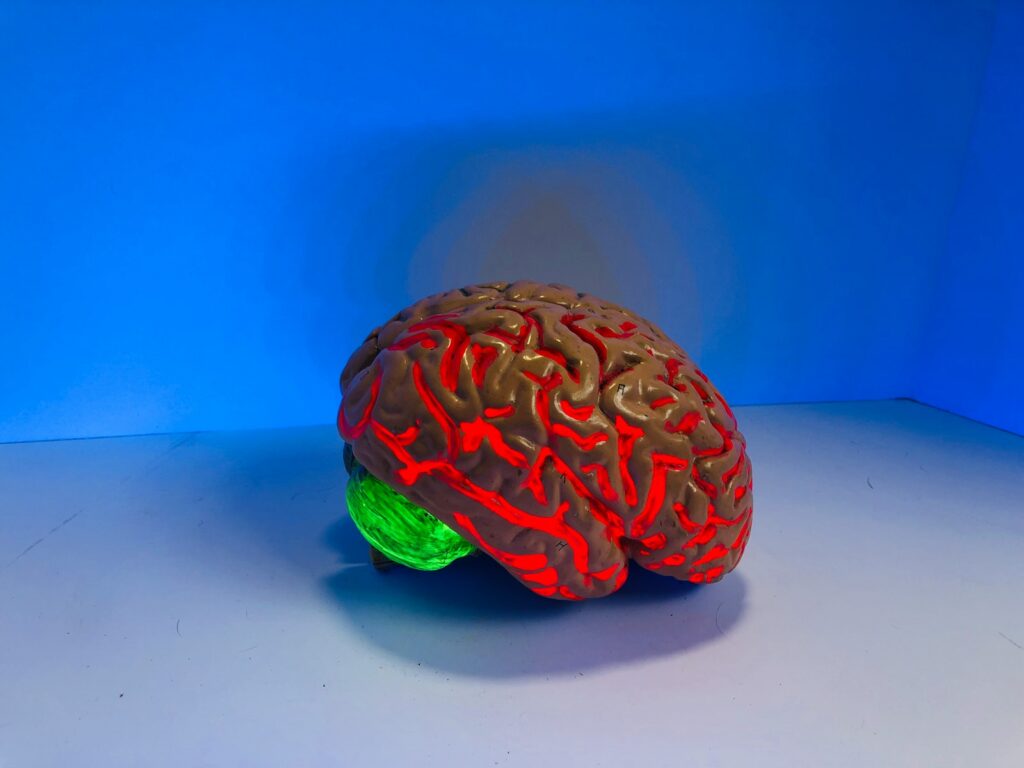
Prevent against Pathogenic Cold
What characterizes Winter? Cold, sometimes extreme cold.
Exposure to cold temperatures has risks you already know: from catching a cold to frostbite.
TCM advises against unnecessary exposure to cold temperatures, especially without proper clothes. Not just because of the aforementioned risks, but also to prevent the invasion of Pathogenic Cold into your body.
Yes, this also includes cold plunges/ice baths.
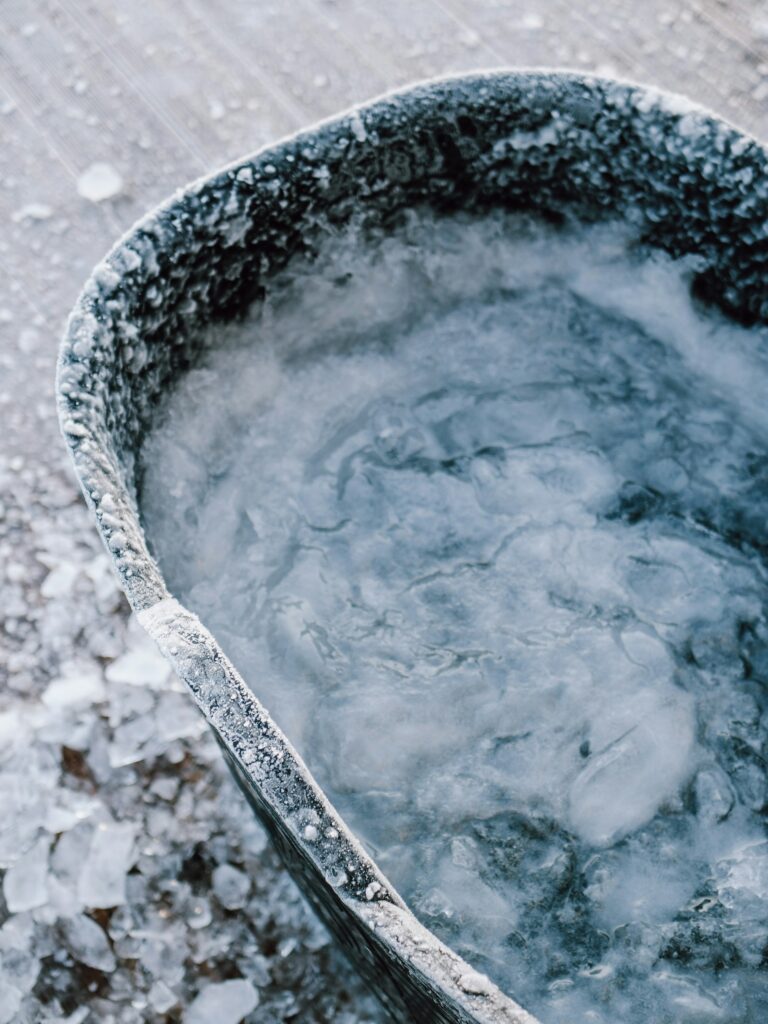
Pathogenic Cold is one of the Six External Pathogenic Factors that attack your body.
If your protective Qi (read the ability of your body to fight external aggression) is weak, the Pathogenic factor will invade and cause illness.
That’s why there are sayings like ‘Cold entering you and taking the cold out of your bones’.
Main article: Causes of Disease in TCM
While you are always at risk of being attacked by all of the Pathogenic Factors depending on your circumstances, Cold is the most predominant at this time.
Replenish Qi and Essence
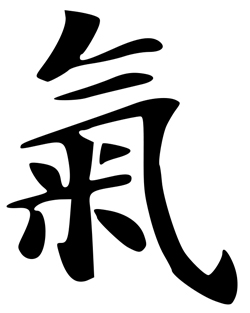

While you do it (and should do) every day. In this season, replenishing your Qi and Essence are essential practices as they lay the foundation of your health for the next year.
Just like the farmhouse family that has harvested everything during Autumn and is secure, they have everything they need to thrive, and so does your body.
So in this season, focus on attaining the highest levels of health and nutrition.
But how to exactly do it?
That’s what you are going to learn now:
Chinese Medicine in Winter: Acupuncture and Massage
Acupuncture and Acupressure

As one of the core tenets of treatment in Traditional Chinese Medicine, Acupuncture and moxibustion are extremely useful in energizing your body giving you ironclad health.
Stimulating these points will boost your immune system, improve your mood, deal with stress, raise your body temperature, and raise your energy levels for better focus and performance.
Here is a list of the most important points to stimulate during Winter:
Shenque
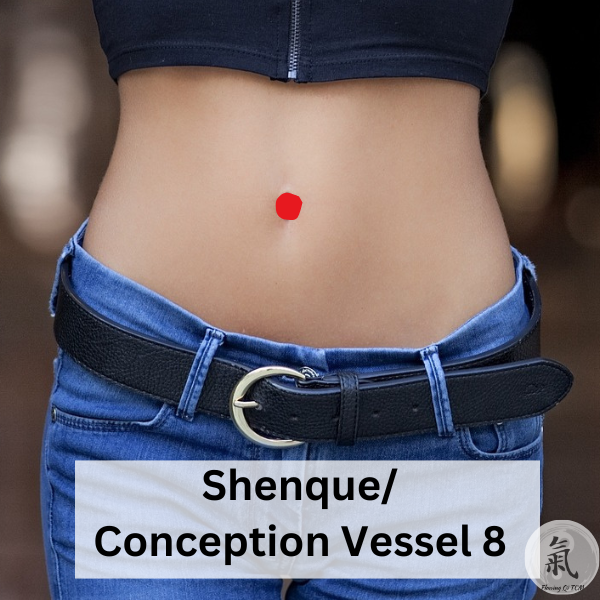
This point is located exactly on your belly button. It is incredibly useful in treating digestive issues like diarrhea, and intestinal viral infections (rotavirus, etc.). It is also used to heat and fortify your middle burner and the core of your body.
This point is not to be punctured.
You can only use moxibustion in it.
Place the burning moxa stick one to two cun above the point. Or fill your navel with salt and place a moxa cone.
This last mode is especially used for diarrheal diseases.
Guanyuan/Ren Mai 4/Conception Vessel 4
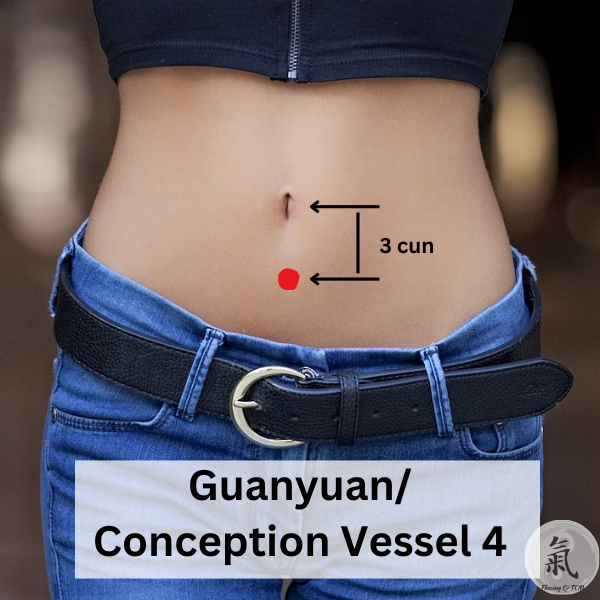
This point is located on your midline, 3 cun below the navel/Shenque point.
This point is used to heat and energize your Kidneys, consolidate the Essence, tonifying Qi and Blood, and is also used in reproductive ailments.
Use moxibustion to heat your body and increase your energy levels.
Zusanli/Stomach 36

Nicknamed ‘The Point of the Two Hundred Prescriptions’, this point is a powerhouse. If you want to take away one thing from acupuncture and TCM in winter, take this point and stimulate it with both acupuncture and moxibustion.
This point increases your immune system’s capacity to fight bacteria, relieves pain, improves digestion, and works as an inner furnace increasing your core temperature.
This point is located in your leg, 3 cun below your knee cap and one cun lateral to the edge of the tibia, in the tibialis anterior muscle.
You can stimulate it by rubbing it for 3 to 5 minutes, needling it, and using moxibustion.
Shenshu/Bladder 23
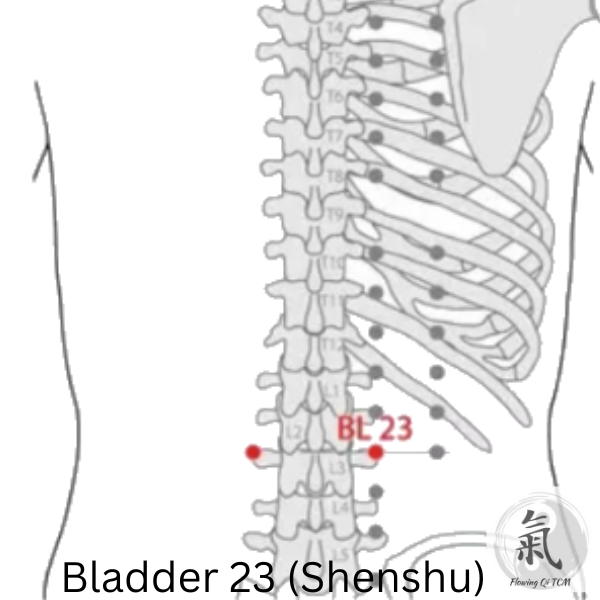
This is the Back Shu Point of the Kidneys, think of it as a Point that specifically energizes the Kidneys. It is located in your back, 1.5 cub lateral to the midline and level with the lower end of the floating ribs, lateral to the lower border of the spinous process of the second lumbar vertebra (L2).
This point treats all things Kidney: urinary infections, frequent urination, urine retention, and edema. It also treats reproductive system-related issues like spermatorrhea, dysmenorrhea, impotence, and low back pain.
You will benefit greatly from heating it with moxibustion.
Taixi (Kidney 3)

This point is located 1 cun behind the tip of your inner ankle.
This acupoint powers your Kidneys and increases their Qi, improving therefore their functioning. It lowers blood pressure and on some occasions is used to treat toothaches.
Stimulate it by pressing and rubbing it for 3 to 5 minutes every day. Moxibustion is useful.
Self Massage
You can take your daily acupressure session up a notch by also using some self-massage. It ensures your circulation is sharp, prevents Blood stasis, helps relieve pain, and aids the flow of Qi.
These are techniques used mainly in TCM massage therapy or Tuina.
Some special areas to massage are your lower back where your Kidneys are, along the pathways of the meridians.
Gently massage in favor and against the pathway to harmonize the energy.
Now that’s Acupuncture for winter in a nutshell.
But there’s more TCM for winter you can do. Let’s go over some simple herbal formulas.
Chinese Medicine in Winter: Herbal Medicine
During Winter, the selection of herbal formulas must be aimed at achieving the goals mentioned before.
For this case here are four herbal formulas with such functions.
Chen pi
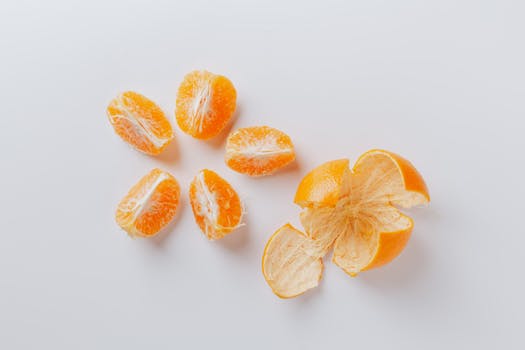
Made from dried tangerine peels, Chen Pi is a highly effective formula with decongestant properties.
It dispels and treats Dampness, boosts Qi circulation, and helps with weight loss.
It is high in antioxidants and has a super-flavonoid called tangeretin which helps fight high cholesterol and boosts skin and eye health as well as cardiovascular health, along with being a good source of Vitamin A and C.
You can get it from a herbalist or make it yourself at home. The longer the aging the better the quality.
Ginger tea
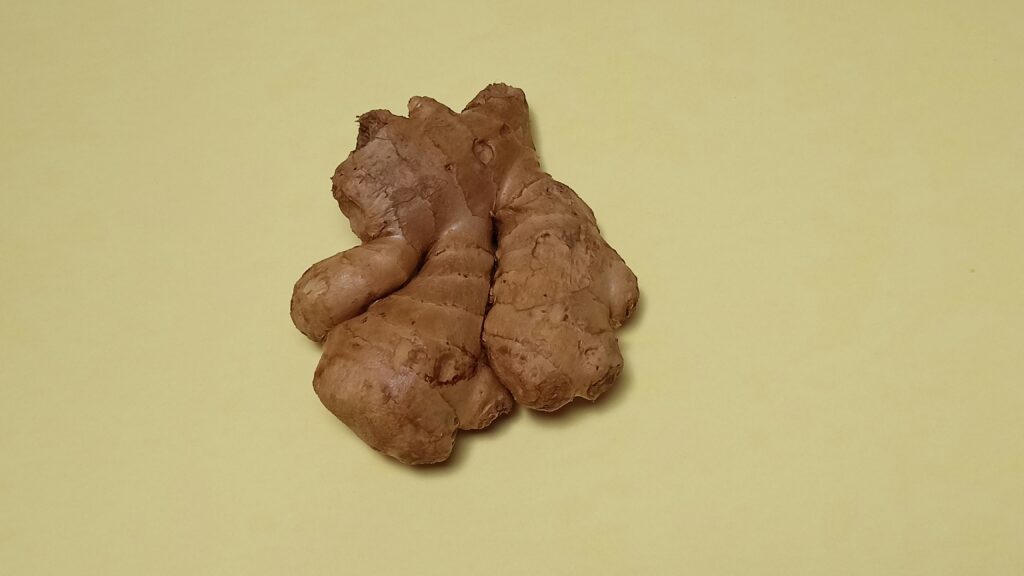
Ginger is a metabolism booster and one of the most important ingredients you can have nearby to protect your lungs as well as your Kidneys.
From a TCM perspective, Ginger energizes the Spleen and Stomach which means it improves digestion and intestinal movement, its spicy flavor energizes the Lungs making it vital for treating asthma holistically, and also heats the system.
Take one to two cups daily, especially before going outdoors.
Black tea

Black tea is rich in substances called methylxanthines that dilate the pulmonary bronchi. This is why ancient Chinese used to treat asthma and shortness of breath using tea. Having the color black, this tea also specifically energizes the Kidneys.
It helps with weight loss and keeps you awake without the jittery feeling of coffee.
Ginseng Root

Ginseng increases and tonifies your Qi overall. It is the herb the ancient Chinese elders used to have in their tonic during Wintertime.
Ginseng is perhaps the most famous TCM herb in the world because it is that powerful.
It increases vitality, and vigor, and strengthens the Spleen fixing the lack of appetite. It is used in particularly weak patients to bring them back to health.
Chinese Medicine in Winter: Daily Habits
The use of TCM in winter isn’t only Acupuncture and herbs, Chinese medicine is big on small, daily habits that compound over time and bulletproof your health. Let’s see what you can do every day when they say ‘Winter is coming’.
Make sure you are properly covered.
Remember the guidelines of Chinese Medicine in Winter? Covering yourself properly is vital.
That skirt you are dying to wear next Saturday may look awesome, but it would be wiser to use something that will cover all of your body.
Fashion and looks are important, but they must always come second to health.
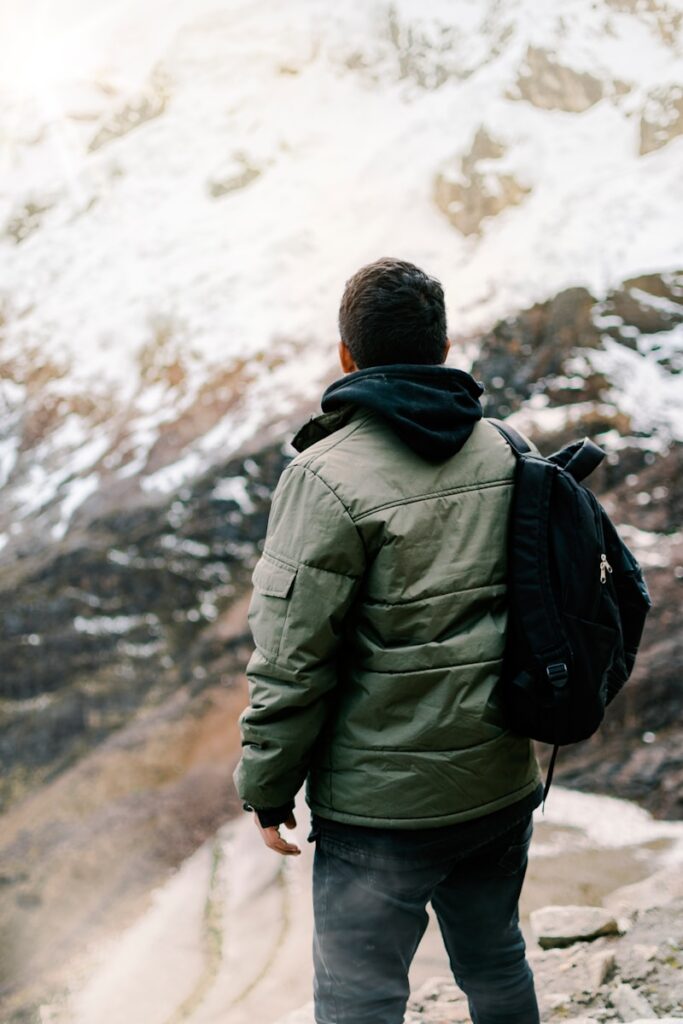
Be aware of what you wear and how does it make you feel. If you are feeling cool or cold it’s wrong, and if it’s making you sweat it’s wrong as well.
Aim to wear clothes that make you feel warm.
Eat Kidney-energizing foods
By now you already know that the main focus in Winter is Kidney health. Here are some foods you can have to help strengthen your kidneys:
- Lamb, beef, pork, fish, turkey, chicken.
- Aubergine, black beans, Goji berries.
- Turmeric, and black pepper as spices.
Aim for protein-rich meals, and salty flavored foods as they target specifically the Kidneys and warm foods.

Ice cream is delicious, but winter is not the time to eat it. Cold foods impair your digestion, add that to a cold environment and you could be causing a digestive problem without knowing.
Take precious time to self-reflect and plan.
Winter is a time of stillness and rest. So far you have learned how to take care of your body but your mind is also important.
As you are replenishing your Qi, filling up your tank, and being still, it is a huge tip to do some reflection. Think about the year that passed, and think about how to better tackle the problems ahead.
Maybe do some meditation. Journaling works as well.

Prepare hearty soups and stews.
Meals during winter should help you stay warm on the inside. This is the ideal time to make those gorgeous soups that take the cold out of your insides.
Foods like lamb and beef stews, fish soups, bone broth, and ramen.
These kinds of foods have some advantages over other types:
- Stews are nutritious but also warm your body protecting you from the Cold.
- They are easier on your stomach making digestion easier.
- In the case of the fish soup, the collagen found in fish is water soluble so the soup itself is packed with protein.
- Raw foods and other preparations can have cooling properties (raw cabbage as an example).
The single most important tip in this issue is to eat seasonal foods. Focus on locally grown and pesticide-free foods.
As a general rule of thumb, if it doesn’t naturally grow on this season then it is not advisable to eat it as they are undoubtedly sprayed with conservatives.
Now you know exactly what to do to ironclad your health during this Winter.
If you have any questions, do leave a comment below.
See you in the next post.

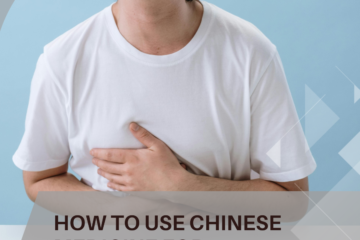

0 Comments